Take big risks to reap big rewards: Disney's Anne Sweeney
Named in the list of "Most Powerful Woman" by The Hollywood Reporter, Fortune and Forbes, Anne Marie Sweeney the Co-Chair of Disney Media Networks and President of Disney-ABC Television Group is here in India to attend FICCI FRAMES 2013. This is the full speech that Sweeney gave while addressing the audience at media & entertainment's mega event.
Good morning!
I want to thank FICCIfor inviting me to speak today. It’s a wonderful opportunity to participate in this conversation about the media and entertainment industry.
I also want to thank Disney’s Ronnie Screwvala, our incomparable managing director here, and Andy Bird, Chairman of Walt Disney International, for their leadership and vision. Andy spoke this morning about creating a better world powered by creativity and imagination, shaped by the potential of what can be. I was asked to speak about the creative process in television, and Andy’s presentation reminded me of how creativity has powered the incredible growth and success of Disney Channel. From a relatively small premium channel in the United States, it has blossomed into a huge global brand ambassador for The Walt Disney Company.
We’ll celebrate the 30th anniversary of the launch of Disney Channel just next month. On April 18, 1983, Disney Channel was born. And the very first show was, of course, Good Morning, Mickey! Always a safe bet to begin with the mouse that launched the company…
During its first year, Disney Channel was available to only 532,000 U.S. subscribers. That’s the number of people carried on Mumbai local trains in ONE HOUR. The channel at first served mainly as a place to air old films and shows from the Disney library. But this didn’t fulfill the legacy that Disney had established as an innovator that always moved forward, always opened new doors. It didn’t tap into the potential of what it COULD be. And that potential was HUGE. Today there are 108 Disney Channels in 34 languages reaching more than 426 million homes in 166 different markets.
When you add the extended reach of our partners around the world, Disney and Marvel-branded kids’ television content is now available in almost ONE BILLION homes. As my boss Bob Iger said at last week’s shareholder meeting, Disney Channel has become the touchstone for our brand in homes around the world, introducing Disney to new markets. Here in India, that introduction was nine years ago. For others, it was more recent. The first free-to-air Disney Channel launched in Russia just a year ago – and now reaches one in three children every day, making it the #1 free-to-air channel among kids 6-12.
In the United States, Disney Channel is #1 with kids 2-11 and tweens. So how did creativity grow Disney Channel from a small national network to a huge global success? And more importantly, how do we think we can create such success here? The answer to both questions is:
By focusing on the audience…
By creating compelling storytelling…
By fulfilling our brand promise…
And by taking risks and learning a lot along the way.
When I arrived in 1996, Disney Channel was available in just over 12 million homes in the U.S. Our international footprint was one small channel in Taiwan.
In America, Disney Channel was a premium channel in the early stages of migrating to basic. More than half of the 12 million subscribers had the premium service.
When you’re a premium service your main goal is to retain your viewers. It’s a very different story when you want to be part of a basic package. You’re more focused on growing subscribers and becoming an indispensable part of their lives.
That was our goal – to bring Disney Channel to every home…the key that would open the door to all things Disney for tens of millions and tap into our growth potential.
But to fully reach that potential, we had to change a few things. Disney Channel at that time featured a lot of programming that targeted mothers and fathers – the bill payers in the house – but not specifically the kids.
At the same time, we had some children’s shows that they soon grew out of. One eight-year-old boy made that painfully clear when he said, “I used to watch Disney Channel, but that’s when I was a kid.” Ouch!
People were confused about our brand. Were we the place to see Mousercise or Mark Twain and Me? This split personality was making Disney Channel not relevant.
We had to figure out who we were and who we wanted to be. We had to ask: what should the Disney Channel brand stand for in the hearts and minds of our audience?
The answer, at least to me at the time, was obvious…we had to mirror what the Disney brand stood for around the globe – quality, creativity, and great storytelling for the whole family.
With this in mind, we decided to focus Disney Channel as the home for KID-DRIVEN, FAMILY-INCLUSIVE original programming.
We also started focusing on strategic research to determine who we were, how we were perceived, who our audience was, and what they wanted.
We began having lots of conversations with our audience. But it wasn’t about the quantity of the conversations – it was about the quality – starting with asking the right questions.
If you want to create compelling programming for your audience you don’t start by asking about their favorite shows.
We didn’t need to know what they thought about our schedule – we needed to know about their lives. What did they do when they got home from school or work? Who did they spend time with? What were their aspirations?
We asked them a lot of questions completely unrelated – or seemingly unrelated – to TV. And then we built stories and TV shows – and our entire business – around what we learned from them and what was important to them.
This was critical in evolving Disney Channel’s strategic direction into that “kid-driven, family-inclusive” brand.
Today, we’re in the field every single day talking to kids, mothers, and families.
Engaging with the audience is one of my favorite parts of the business. I’ve enjoyed a wonderful time in India this past weekend, but I must admit one of the activities I’m most looking forward to is a visit tomorrow to a local school and a chance to talk to kids and their parents.
By asking our audience – whether in the U.S., here in India, or across the globe – the right questions…about who they are, what they do, and what they dream about…we’re able to create something entirely new with our programming.
Think Best of Luck Nikki, Phineas & Ferb, and Hannah Montana – programs that developed out of a better understanding of our audience.
But understanding our brand and our audience haven’t been the only factors in Disney Channel’s growth.
The casting of Hanna Montana taught us that to create something entirely new and reap big rewards – and even bigger growth – sometimes you have to make the unexpected choice.
In this business, if you’re not willing to fail by taking big swings, then you’ll never hit it out of the field. You’ll be…dismissed.
When we were casting Hanna Montana, it came down to two girls. One was a funny, experienced actress who had been in a sitcom, but she couldn’t sing at all.
The other girl could sing but was a little young, had minimal acting experience, and was scared of performing in front of people.
Many people wanted to cast the experienced sitcom actress. But Gary Marsh, now President and Chief Creative Officer of Disney Channels Worldwide, saw something in Miley Cyrus – the shy, inexperienced girl.
He saw a star. He saw the potential to launch a franchise. So he forsook the safe route for the riskier one…and, ultimately, the greater reward.
Can you imagine if we had cast an actress to play Hannah Montana who couldn’t sing? We would never have had a successful concert, a 3D movie, and four seasons of a hit music-driven series.
Hannah Montana became the first sitcom in the world to incorporate concert footage and the first KIDS sitcom to become a true pop culture phenomenon.
In 2008, the show had a global audience of 200 million viewers – almost the population of Indonesia. It helped drive our music business and gave us our second feature film based on a Disney Channel series.
To continue driving our business globally, we have to continue focusing on creativity and the Disney promise while embracing the unique opportunities and challenges that each market offers.
Here in India, this means we need to understand what’s important to an Indian audience.
How is an Indian audience different from the other 165 markets where we have channels…and how are they also the same?
Essentially, families in India want the same things for their kids as millions of families across the world. There are CORE VALUES that are UNIVERSAL.
These core values align perfectly with Disney’s themes – express yourself, believe in yourself, be true to yourself, follow your dreams, and celebrate your family.
In 2010 we learned that our shows could be even more successful if they contained these universal aspirations but also better reflected local culture and expectations.
So we made a commitment to becoming truly local – finding and using local production, local content, and local talent
And in 2011 Disney Channel India began producing local adaptations of U.S. series to better appeal to Indian kids and families.
We came up with Best of Luck Nikki, a re-imagined version of our hit show Good Luck Charlie, and The Suite Life of Karan and Kabir, a version of The Suite Life of Zack and Cody.
Our approach with these shows, which have both been hugely successful in the kids genre, has been to make them deeply rooted in local culture.
This means:
・ Creating relatable situations where children watching might think “this could have been me”;
・ Showing the families celebrating culturally relevant events, such as DEE-WAH-LEE or HOLY; and
・ Understanding that families here are interested in kid-centered, wholesome family entertainment.
Since 2010, Disney Channel has nearly doubled its ratings, because the shows better reflect the local audience, and because they continue to fulfill our brand promise of telling quality stories that are kid-centered and family-inclusive.
Telling quality stories is at the heart of what we do best as a company. Walt Disney once said "it all began with a mouse," but I believe what he meant was that it always begins with a great story. It just so happens that a mouse starred in those great stories.
And that mouse started Disney on the path of becoming one of the most valuable content-creation engines in the world.
I’ve talked a lot about Disney Channel, but we have great storytelling throughout the Disney/ABC Television Group – a group that includes ABC; ABC Family, which targets the 18-34 year-olds that we call Millennials; ABC Studios, producers of high-quality content; and ABC News.
What’s exciting about storytelling today is that technological advancements have empowered us to use new innovations to push storytelling in new directions.
As I said earlier, Disney as a company is always looking forward, focused on the future – willing to work with technology leaders and creators to give audiences what they want….and what they may not know they want…yet.
Think Snow White, Disney’s first animated princess. In 1937, everyone in America said that a full-length animated feature would never work, that no one would want to watch it.
But what Walt Disney understood was that animation freed him to do things you just couldn’t do with live actors. He took a risk and went on to create a film that’s considered one of the greatest achievements in cinema – and a huge financial success.
That commitment to leveraging innovation to express creativity is the hallmark of our success and can be seen in Disney’s latest princess, Sofia the First.
Sofia will launch here this June with a movie, followed by a series. The series launched last month in the U.S. and is ALREADY the #1 show with Kids 2-5 years old.
Much like the animation of Snow White 76 years ago, technology today frees us to do things we never dreamed about doing just a few years ago…like create feature film quality content on a television budget and schedule.
We’re regularly using techniques and technology that weren’t possible when we were making our hit show Lost a few years ago – including digital characters, face replacement, and other CGI elements.
Today you see a lot of shows that reflect how fast technology is advancing, such as Once Upon a Time, which relies on digital technology to create new worlds, and which you can also see on Star India.
Here’s a clip from Once Upon A Time that demonstrates this digital technology and how it brings a story to life.
That video is an example of what makes TV so exciting...the fantastic intersection of incredibly compelling storytelling with state-of-the-art technology.
Beyond the spectacle and the technology, however, it’s the simplicity of a story well told that connects in the most basic way with the largest audiences across the world, from the U.S. to Russia to India.
The strength of our storytelling in India is in the commitment to local production and telling universal stories that connect with Indian audiences.
Outside of the U.S., India is one of the largest markets Disney has invested in for local production.
This investment includes finding and nurturing fresh talent in the live action space and working with the best writers, producers, musicians, and actors to tell our compelling stories for families across India.
So far, the Disney Channel in India has produced numerous long-form shows, with multiple seasons, as well as a Disney Channel Original movie.
The channel has five shows in production currently and we’ve commissioned pilots for four more.
To add to these, Disney Channel is expanding its offerings of quintessential Indian stories through acquisitions of animated content.
I’d be remiss if I didn’t mention, as Andy did, Disney’s most fortunate acquisition: UTV, which brought the immensely talented Ronnie Screwvala.
Ronnie has been an incredible leader, guiding our programming, providing insight about the audience, and ensuring Disney’s content reflects India’s great storytelling heritage.
I’m grateful that Ronnie is leading us through the huge changes now beginning to disrupt the Indian television industry. Pretty soon, just creating great stories here won’t be enough.
Audiences everywhere increasingly want to personalize their media experience and use emerging technologies to watch their shows where they want, when they want, and how they want.
Disney has worked hard to stay ahead of technology disruptions and find innovative ways to remove barriers and deliver storytelling to consumers on whatever platform they choose.
iTunes launched here just this past December and I have an interesting story that highlights how we continue to adapt.
Apple’s founder, Steve Jobs, approached us in 2005 about an opportunity to make the first critical move to put content and digital technology together. Many urged caution.
They were afraid of risking the status quo to launch into an uncertain future.
Others saw this uncertainty as a huge opportunity, realizing there was no way to win in the 21st century using a 20th century business model.
When Steve Jobs walked in the room and played Lost on an iPod, WE saw it as an opportunity to CHANGE EVERYTHING.
It was a way to innovate with technology leaders to create common ground where we could ALL succeed by giving CONSUMERS what THEY want.
Within six months we were the first media company not only selling content on iTunes, but also streaming it online with ads at ABC.com in the U.S. with our Full Episode Player.
To maintain momentum, we’ve spent the last few years paying close attention to our viewers. We’ve watched how they move about in the world and how they use technology as part of their lives.
And believe me, it’s not always easy to keep pace. The rate of change is occurring at warp speed, especially here in India.
But the great news is that the television industry here is taking steps now to meet the audience where it’s going.
The digital conversion and nascent mobile market in India will change everything for the consumer and provide tremendous opportunities for ALL of us to engage those billion consumers…
IF we make a commitment to understanding our audience.
IF we recognize that it all begins – and ends – with great stories.
IF we develop strong, trusted brands and deliver on their promise.
And IF we jump forward into the future with both feet.
The riskiest thing we can do is maintain the status quo.
So success to us – and to everyone in this room – will require breaking old models of how things were done in the past. But it’s good to be disruptive; otherwise we’re only going to validate complacency, and that’s not who any of us want to be.
So let’s be disruptive, remove obstacles, and empower our audience.
Walt Disney once said, “If you can dream it, you can do it.” All of us in this room can dream it – we can see the enormous potential.
Let’s commit to forsaking the safe to reach that potential.
Let’s strive to take big risks to reap big rewards.
Let’s be willing to fail once in awhile to create what’s next and what may be.
And as they say at Bindass, let’s not settle to be like the rest, but instead prepare to ‘Rest Less’ for success. | By Anne Sweeney



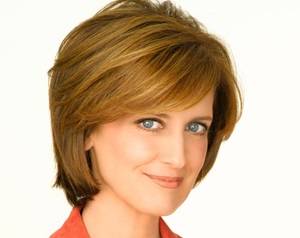
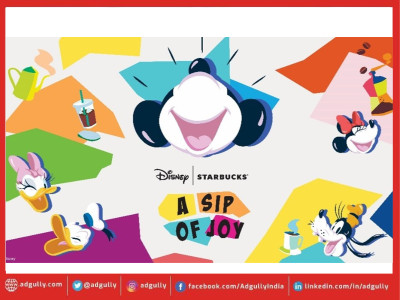
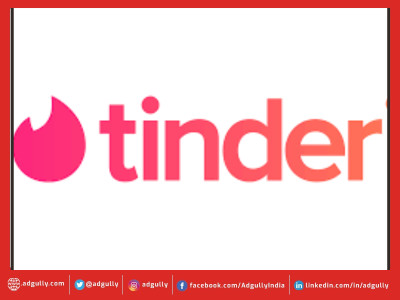
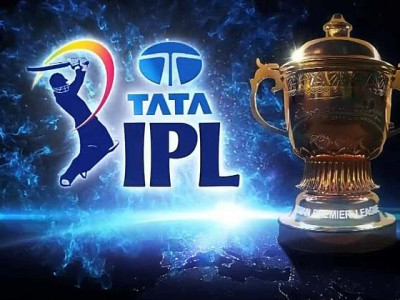
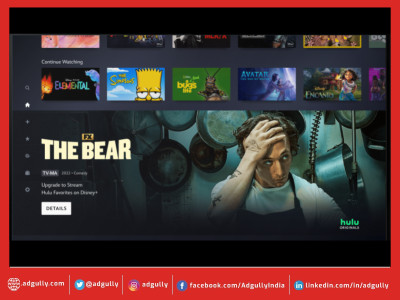
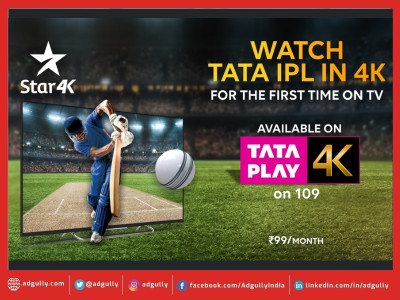
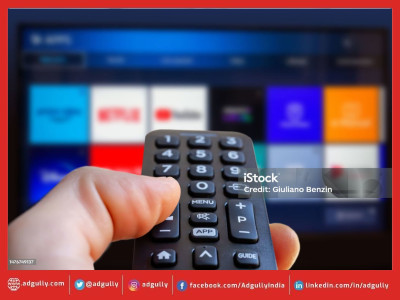
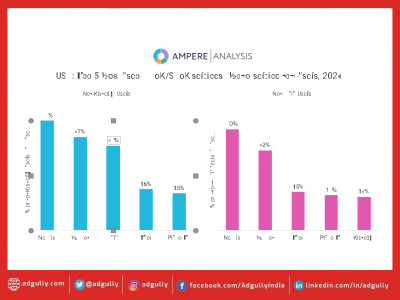
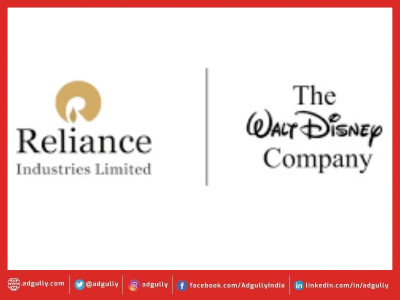
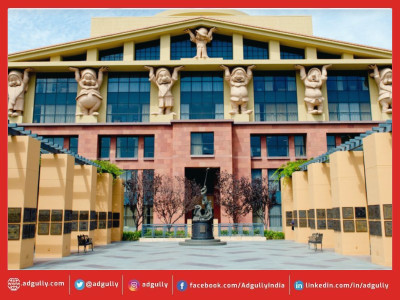
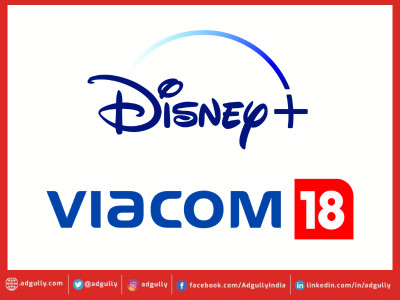
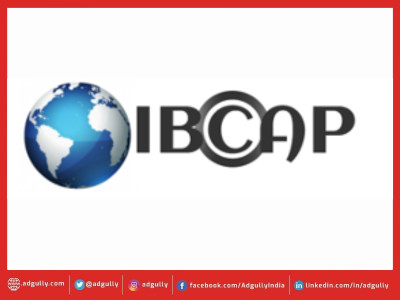
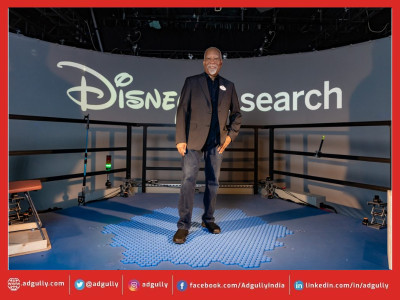


Share
Facebook
YouTube
Tweet
Twitter
LinkedIn